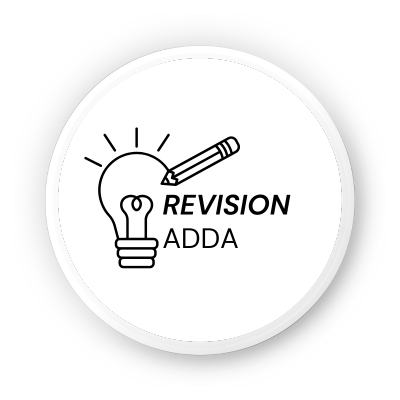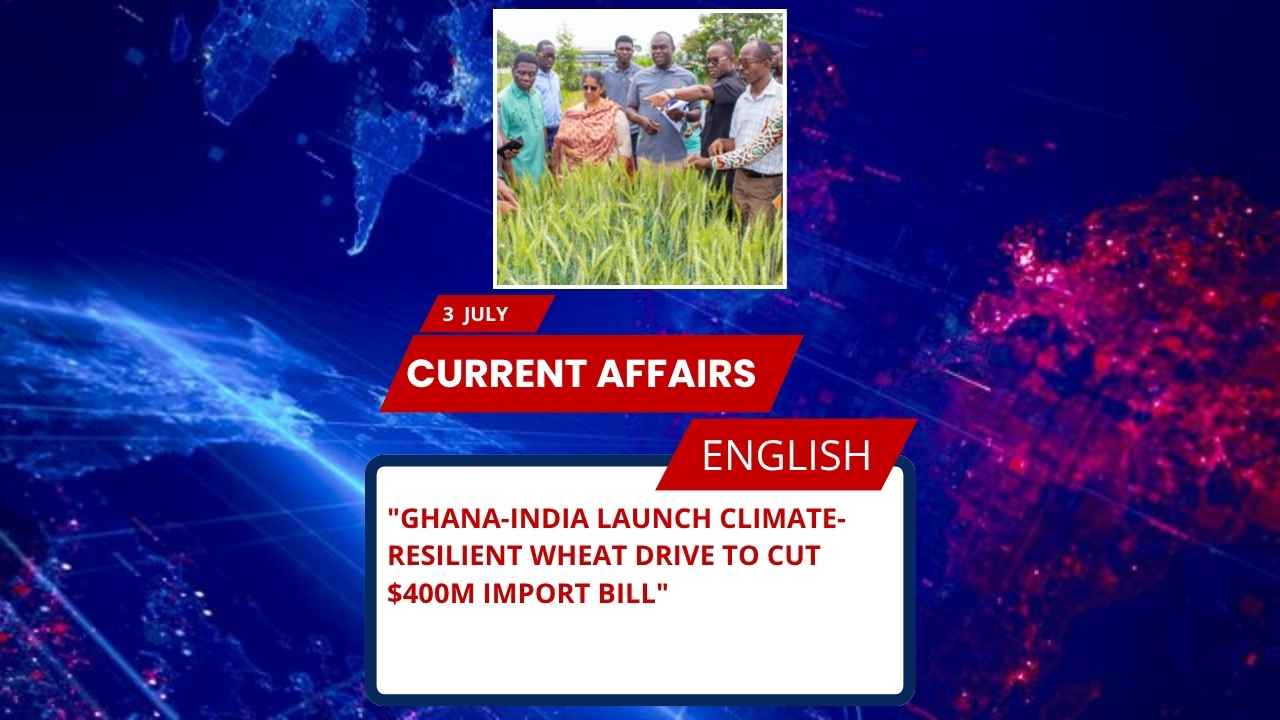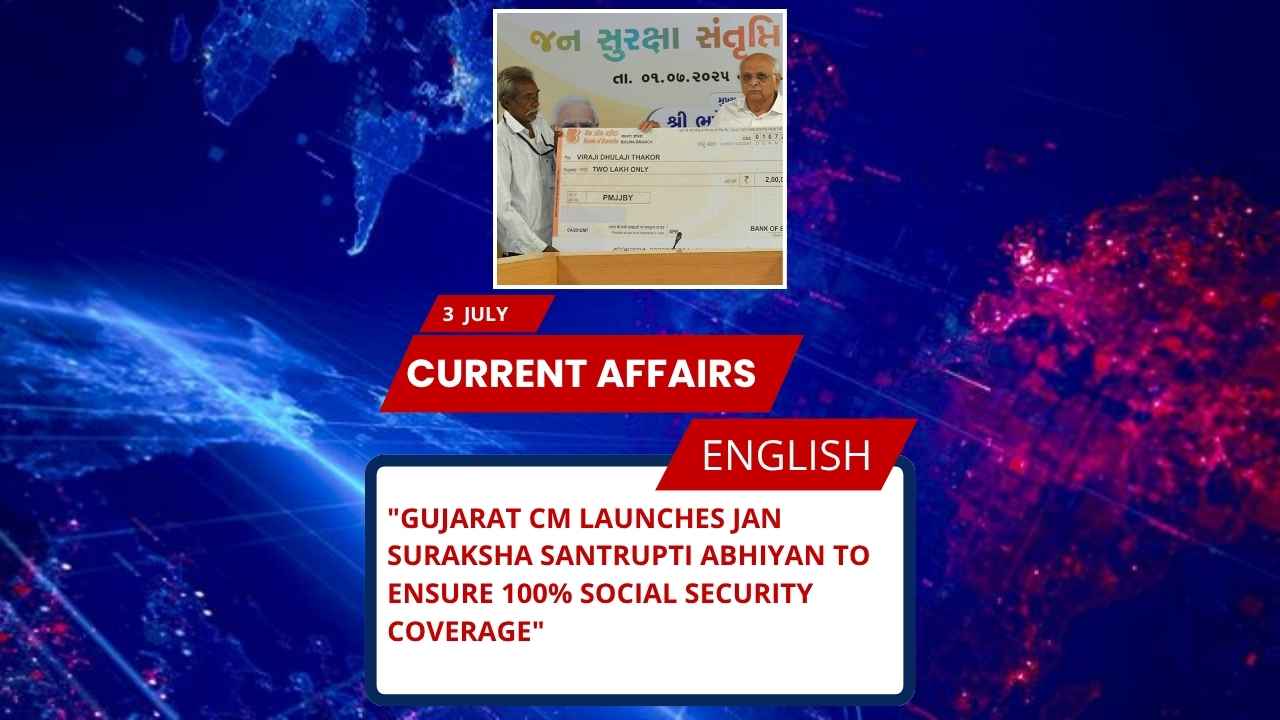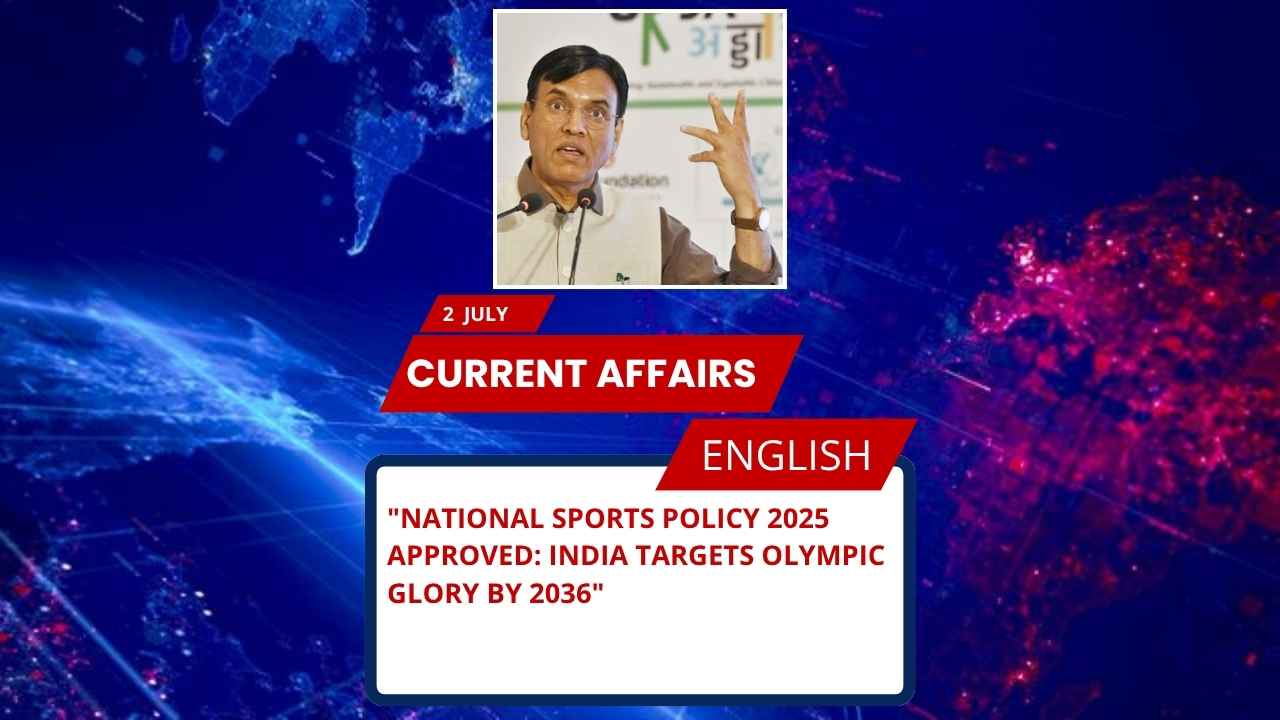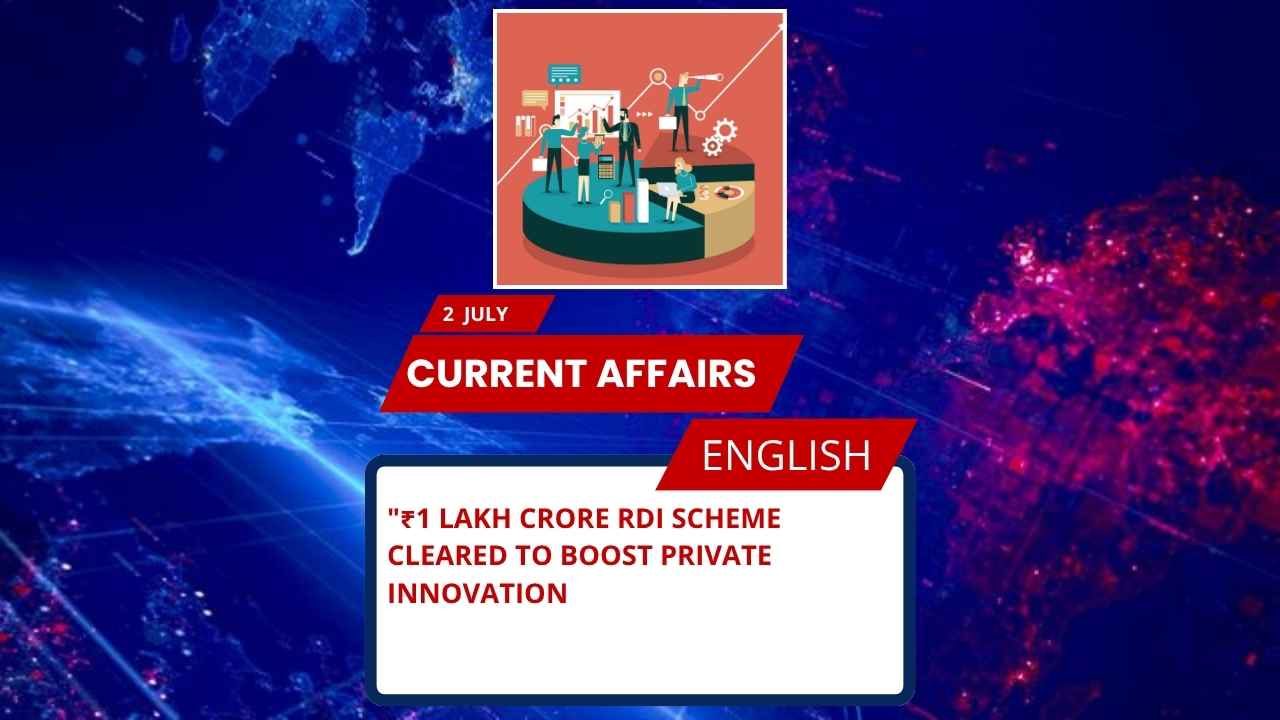
Key Points for SSC/UPSC and Other Government Exams
- DGFT imposes import restrictions on precious metal alloys and compounds.
- Imports of palladium, rhodium, iridium alloys with over 1% gold now restricted.
- Entire Customs Tariff Heading (CTH) 7110 brought under uniform import policy.
- New rules also affect colloidal metals and compounds under CTH 2843.
- Industrial imports allowed only with proper authorisation.
- Aimed at preventing disguised gold imports through chemicals.
- Notifications issued under Ministry of Commerce & Industry.
- Date of effect: 17 June 2025.
- Earlier restriction on platinum imports issued on 5 March 2025.
Complete Details of DGFT Import Restrictions
Introduction
On 17 June 2025, the Directorate General of Foreign Trade (DGFT), functioning under the Ministry of Commerce and Industry, introduced significant new import regulations targeting precious metal alloys and chemical compounds that can be misused to import gold in disguised forms.
These regulations are part of a broader strategy to ensure transparency, national economic security, and accountability in high-value imports.
New Restrictions on Precious Metal Alloys (CTH 7110)
What Has Changed?
DGFT has restricted the import of:
- Alloys of Palladium, Rhodium, and Iridium that contain more than 1% gold by weight.
- This comes as an expansion of earlier rules issued on 5 March 2025, which only covered platinum.
- Now, the entire CTH 7110 has been uniformly brought under this restriction.
Exemptions for Industrial Use
- Alloys with less than 1% gold are still unrestricted.
- This helps safeguard the electronics, automotive, and chemical manufacturing sectors, which rely on trace amounts of these metals for legitimate industrial applications.
Restrictions on Chemical Compounds (CTH 2843)
Key Notification Highlights
- The DGFT has restricted imports under CTH 2843, which covers:
- Colloidal precious metals
- Inorganic/organic precious metal compounds
- These restrictions are aimed at curbing gold smuggling disguised as chemical imports.
Conditions for Import
- Imports under CTH 2843 will now require Import Authorisation.
- This authorisation will be granted only for specific industrial sectors:
- Electronics manufacturing
- Electrical industry
- Chemical processing units
Highlighted Facts from the Notification
- DGFT notifications: Issued on 17 June 2025.
- Coverage: CTH 7110 (Precious Metal Alloys) and CTH 2843 (Colloidal/compound forms).
- Restriction threshold: More than 1% gold content in alloys.
- Applicable organisations: Ministry of Commerce and Industry, DGFT.
- Import authorisation needed for sensitive chemical imports.
Organization in Focus: Directorate General of Foreign Trade (DGFT)
Ministry: Ministry of Commerce and Industry, Government of India
Headquarters: New Delhi
Role: Implements Foreign Trade Policy, regulates imports/exports
Current DGFT Head (2025): [Check DGFT website for updates]
Website: https://dgft.gov.in
MCQs for SSC, UPSC, and Other Exams
Static Info to Remember Before Solving:
DGFT
- Full Form: Directorate General of Foreign Trade
- Under: Ministry of Commerce & Industry
- Function: Implements trade regulations, issues export-import policies
Q1. Which alloys have been newly restricted by DGFT as per the June 2025 notification?
A) Aluminium alloys containing silver
B) Palladium, Rhodium, Iridium alloys with >1% gold
C) Iron alloys used in construction
D) Nickel-chromium compounds
Answer: B
Q2. Which Customs Tariff Heading now uniformly covers all precious metal alloy restrictions?
A) 2903
B) 6102
C) 7110
D) 2843
Answer: C
Q3. Which industrial sectors are exempted under import authorisation for CTH 2843?
A) Tourism, agriculture, and construction
B) Automotive, pharmaceuticals, and food processing
C) Electronics, electrical, and chemical industries
D) Textiles, leather, and FMCG
Answer: C
Q4. What was the date of DGFT’s earlier restriction on platinum imports?
A) 17 June 2025
B) 5 March 2025
C) 25 December 2024
D) 1 April 2025
Answer: B
UPSC Style FAQs with Answer Writing Format
Q1. What is the significance of DGFT’s June 2025 notification on precious metal imports?
Answer:
Introduction:
The Directorate General of Foreign Trade (DGFT) issued a critical notification on 17 June 2025 aimed at tightening import norms for precious metal alloys and chemical compounds. The regulation is rooted in concerns about the misuse of trade routes for disguised gold imports.
Body:
- DGFT expanded restrictions to cover all alloys under Customs Tariff Heading 7110, focusing on palladium, rhodium, and iridium when they contain over 1% gold.
- These steps align with earlier platinum-specific restrictions (March 2025), ensuring uniformity in policy.
- Further, DGFT imposed new rules under CTH 2843, restricting chemical forms (e.g., colloidal metals) of precious metals, a common loophole for smuggling.
- While being restrictive, the policy also considers genuine industrial needs by allowing imports below 1% gold and creating pathways for authorisation in key sectors like electronics and chemicals.
Conclusion:
This calibrated policy highlights the government’s dual focus: curbing misuse of trade mechanisms for unlawful gold imports while also facilitating legitimate industry needs through structured authorisation. It reflects India’s evolving trade security framework in alignment with national economic priorities.
Q2. How do these restrictions affect India’s industrial and economic landscape?
Answer:
Introduction:
Trade policies involving critical materials such as precious metals have a profound effect on both national security and industrial productivity. DGFT’s notification is a reflection of such strategic regulation.
Body:
- The restrictions prevent revenue loss through gold smuggling via disguised imports, helping to stabilize trade balance.
- Industrial users, particularly in semiconductors, EV components, and chemical synthesis, are shielded by the <1% gold exemption and access via import licences.
- A clearer, uniform import regime also reduces ambiguity, promoting better compliance and enforcement.
- Economically, these steps enhance transparency and accountability, boosting investor confidence and enabling industrial policy coherence.
Conclusion:
By balancing enforcement with industry support, DGFT’s updated guidelines ensure that economic growth and national security are pursued simultaneously—a hallmark of a mature regulatory ecosystem.
